The Kidney Stone – Symptoms, causes and treatment
Kidney stones can develop in one or both kidneys and most often affect people aged between 30 to 60. It is quite common and affects about 15% of men and 10% of women. Though the size of the kidney stone can be very small not very clear to the naked eye the pain caused by them can be severe and in fact, some have likened it to the pain of childbirth.
Type of Kidney stones formed
The type of kidney stone helps decide the cause and how to decrease the risk of getting more kidney stones. Some of the types are:
| Calcium oxalate | Struvite stones | Uric Acid | Cystine |
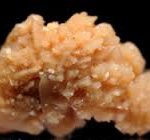 |
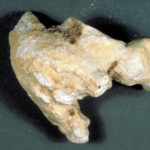 |
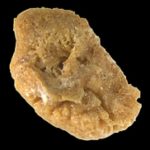 |
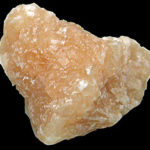 |
Calcium oxalate –The most common of them all. They are caused by high calcium and high oxalate excretion.
Struvite stones – Struvite stones form in response to an infection, such as a urinary tract infection. These stones can grow quickly and become quite large, sometimes with few symptoms or little warning.
Uric Acid – It is formed when people consume very less fluid and high protein food. Certain genetic factors also may increase your risk of uric acid stones
Cystine stones – These stones are formed in people with a hereditary disorder that causes the kidneys to excrete too much of certain amino acids.
How are the kidney stones formed?
The body uses food for energy. After food is absorbed in the body, the waste products travel through the bloodstream to the kidney and excreted in the urine. Urine consists of many wastes; crystals can be formed when there is little water and too much of waste.
Kidney stones start as small crystals inside the kidney. These tiny crystals stick to each other and for the core over which additional layers can begin to grow. They will continue to grow and eventually become so large that they cause obstruction in the ureter, the narrow tube leading to the bladder from the kidney. These stones remain in the kidney to grow in size until they are displaced. The kidney stones grow to a size that is about 4-5mm which can obstruct the passage of urine and the sharp edges hurt the ureter causing severe pain
What causes the formation of the kidney stone?
- Supersaturation
When the urine is supersaturated with high levels of uric acid which is contained in the food that we consume. It also means that there are too many salts and not enough fluids in the urine. It’s the driving force behind the stone formation.
- Inhibitors
There are other substances that do not allow the formation of the stones, low levels of these can help form the stones. One of the most important inhibitors is citrate.
- Health and diet
Certain medical conditions like being overweight or the use of some medications can also make it easier for the stones to form. Having a high protein diet and less consumption of fluids.
Risk Factors
Family or personal history. If someone in your family has kidney stones, you’re more likely to develop stones, too.
Dehydration. Not drinking enough water each day can increase your chances of having kidney stones.
Diets. Consuming a diet that is high in protein and sodium may increase your risk of developing a kidney stone
Being obese. High body mass index (BMI), large waist size and weight gain have been linked to an increased risk of kidney stones.
Digestive diseases and surgery. Gastric bypass surgery, inflammatory bowel disease or chronic diarrhoea can cause changes in the digestive process that affect your absorption of calcium and water.
Previous occurrence of Kidney stone. It is also observed that individuals who have developed a stone may be prone to develop future stones.
How to Prevent Kidney Stone Recurrences
Diet and Lifestyle Changes
- Drinking adequate amount of water throughout the day
- Avoid eating beets, okra, spinach, sweet potatoes, nuts, tea, chocolate and soy products.
- Choose a diet low in salt and animal protein
Medication
Medications can control a number of minerals and acid in your urine and may be helpful in people who form certain kinds of stones. It is best advised to consult your doctor as the type of medication your doctor prescribes will depend on the kind of kidney stones you have.
There are about 15% men and 10% women who face the issue of a kidney stone sometime in their life and about 78% of them don’t require surgery. However, where the stones are large enough it may require lithotripsy or endoscopic removal.
You can visit https://shrikhandeivf.com for any further information or contact us
Tags: Kidney Stone, Kidney Stone Symptoms, Kidney Stone Treatment, Kidney Stone Types, Urology

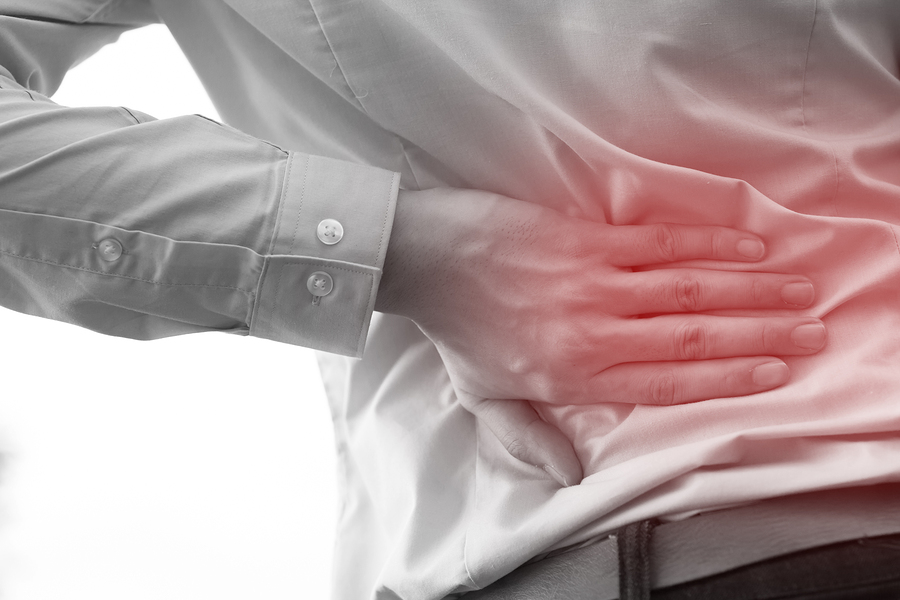

 (+91) 880 557 7600
(+91) 880 557 7600
 Abhyankar Road, Dhantoli, NAGPUR-12
Abhyankar Road, Dhantoli, NAGPUR-12






Leave a Reply